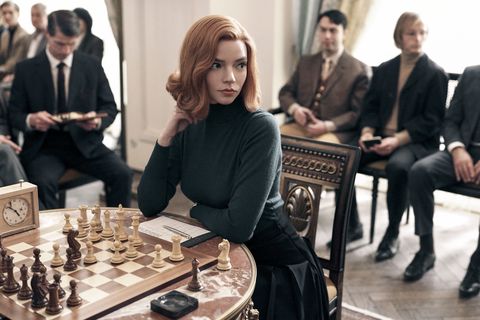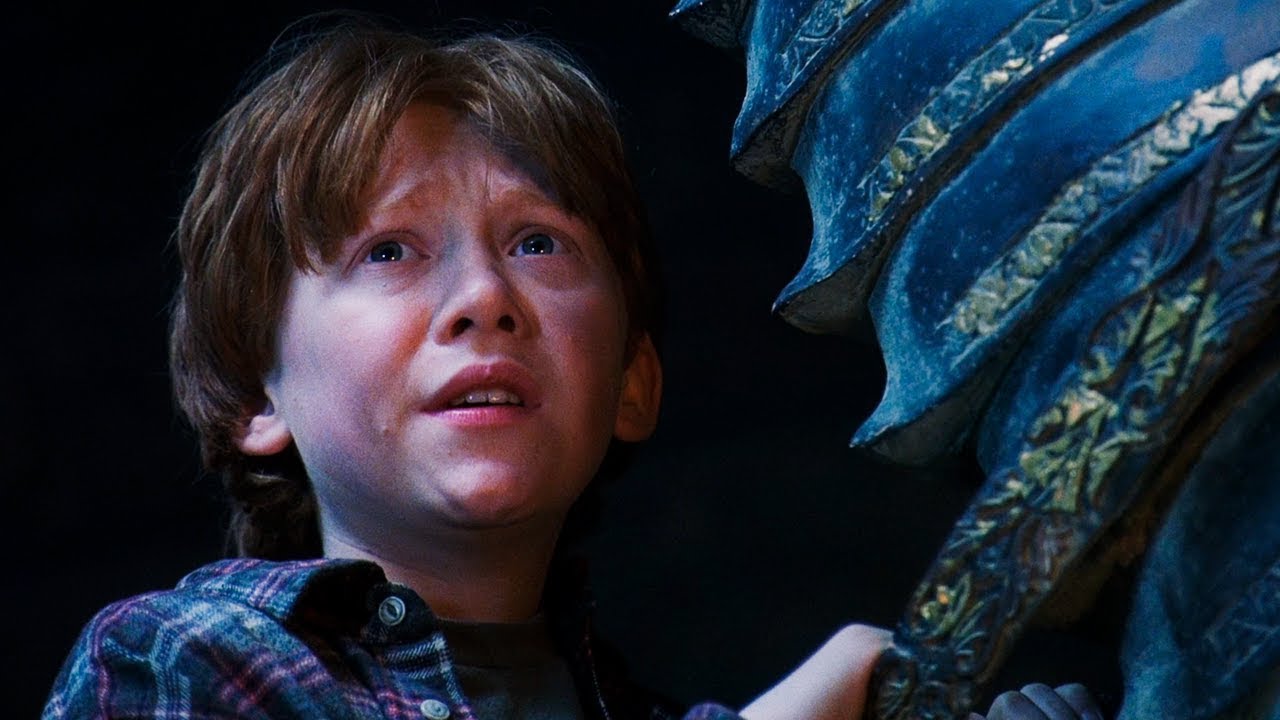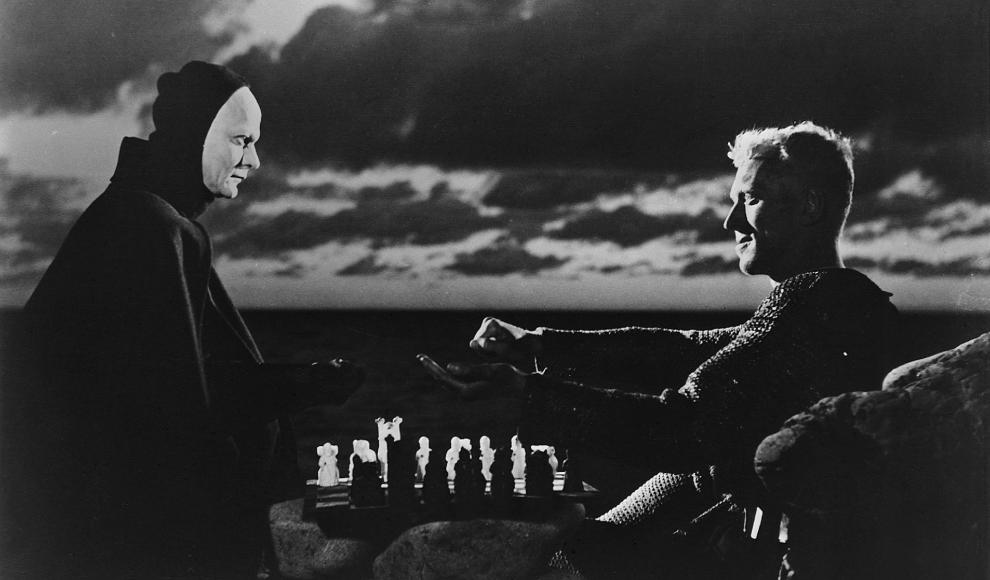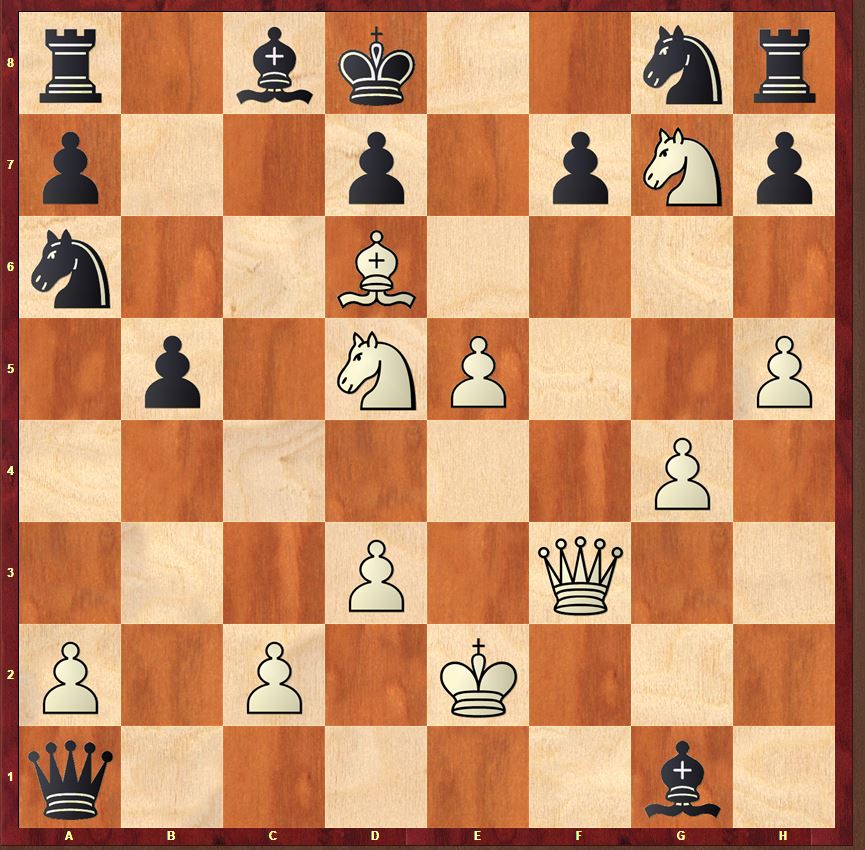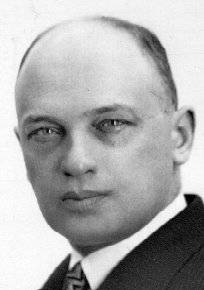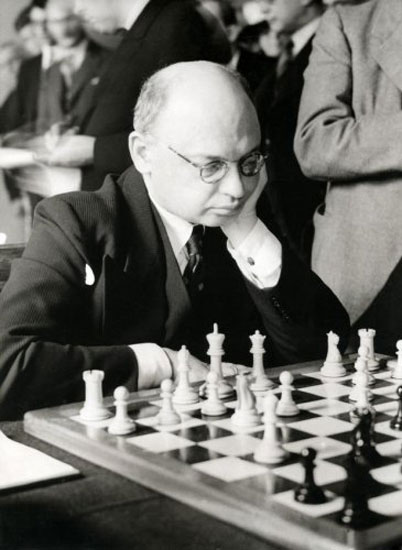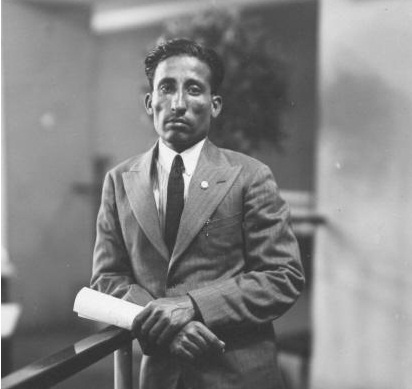Table of Contents
Introduction
Back in my student days, I used to be a big fan of pub quizzes. Every Friday, I would go to a nearby cinema where a weekly pub quiz competition was organized.
Eventually, I gave it up and took up some other hobbies. But in the meantime, my love for the concept definitely remained and even today I go to a pub quiz every now and then (although much less regularly than before).
I was never particularly good at pub quizzes as my knowledge has way too many holes. However, I was always pretty knowledgeable about chess and chess history and I always regretted it that regular pub quizzes don’t have that many chess questions.
Since there are many thematic quizzes out there, I realized I might have a lot of fun participating in a thematic chess quiz. Alas, apart from quizzes at certain competitions here in Croatia, I haven’t found anybody hosting a chess quiz on a regular basis.
This is how I got the idea of solving this “problem” and doing a chess quiz of my own. I am happy to announce the first edition of Chessentials Chess Quiz #1 was held on 16th January 2021. I hope I will manage to sustain it and keep it a regular monthly thing.
In this article, you will find the questions, the answers, and the final standings of the quiz. You can test yourself by trying to answer the questions. If you want to participate in the subsequent chess quizzes, keep track of my Twitter or Facebook as they will be announced there!
Happy solving! Hope you will enjoy it!
Questions
Chess In Popular Culture
Question 1:
In many ways, 2020 has been a groundbreaking year for chess. Quarantine contributed to more and more people being drawn to the game and chess was continually #growing throughout the year.
But toward the end of the year, things spiraled out of control as Netflix released the TV show Queen’s Gambit, which led to an unprecedented chess boom. Since most of you have (hopefully) watched it, it seemed suitable to open the first edition of the Chessentials chess quiz with an easy one: for half a point:
A) We ask you to tell us the name of the main character of the show and
B) For another half a point, we ask you to write the name of the actress who played the main character of the show (as shown in the pictures on the next slide).
Question 2:
Even though Queen’s Gambit is by far the most popular appearance of chess in popular culture, it is far from being the only one. Every kid from the 90s might recall a famous chess scene that appears in another series featuring a famous orphan with a healthy dose of egoism and anger management issues – the Harry Potter saga.
In a famous scene from the first book/movie from the series (The Philosopher’s Stone), Harry, Ron and Hermione become “living chess pieces” in order to win a game of “wizard-chess” on a giant board enchanted by professor McGonagall. For half a point, we ask you:
a) Ron, as the best player, took the role of the knight (image on the next slide) and conducted the game. The role of which chess pieces did Harry and Hermione take (respectively)?
b) Which famous American International Master, book author, and book reviewer was asked to compose a chess problem involving a “Ron sacrifice” for the purpose of the movie, only to be one of the very few people NOT to be featured in the end credits of the movie?
(Ronald Weasley as a knight)
Question 3:
Even though Queen’s Gambit is by far the most popular appearance of chess in popular culture, it is far from being the only chess novel ever written (or best, according to me).
When he was not obsessed with underage girls, this Russian writer was fairly obsessed with the game and was an accomplished chess problem composer.
One of his earliest novels from 1930 (adapted to a movie in 2000) features a tragic story about a chess player driven to insanity by the game. For half a point, we ask you:
a) The name of this Russian writer?
b) The name of the movie/novel?
Question 4:
While we are at chess movies – in another book adaptation, we follow the chess path of a 7-year old prodigy on his path toward becoming the champion like Bobby Fischer. For half a point, we ask you:
A) The name of the player whose father Fred wrote the original book and who would become one of the youngest International Master in the world in 1992, at the age of 16 and who have up chess completely in 1999/2000.
B) The name of the movie?
Question 5:
Last, but not least, in this famous movie from 1957, the medieval knight Antonious Block challenges Death, who has come to take his life, to a chess match, in hope of prolonging his life and finding out answers to existential questions about the nature of life and death. For half a point:
a) The name of this iconic movie?
b) The name of the legendary Swedish director of the movie, who is also known for movies such as Cries and Whispers, Personna and Fanny and Alexander.
( A scene from the movie )
Guess The Classic
In this section, we will provide you with 5 famous chess positions arising from (recent and less recent) classic chess games. For 0.5 points, we seek:
- The name of the players involved in the game
- The move played in the game
Position 1: White to play (London, 1851).
Position 2: Black to play (Buenos Aires,1927)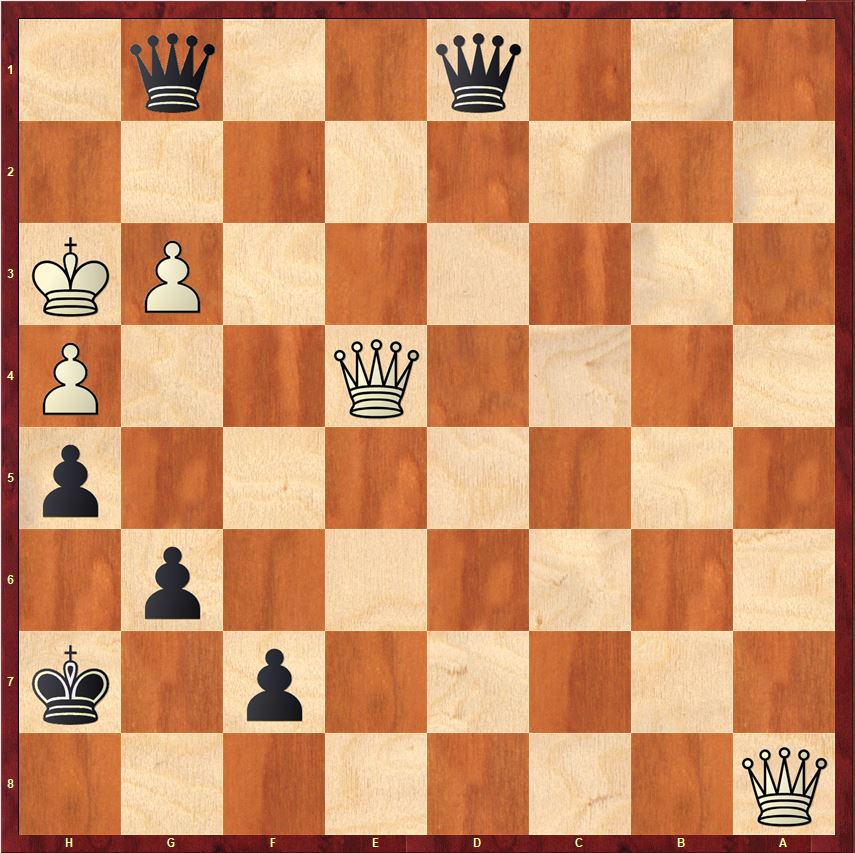
Position 3: White to play (Avro, Netherlands, 1938)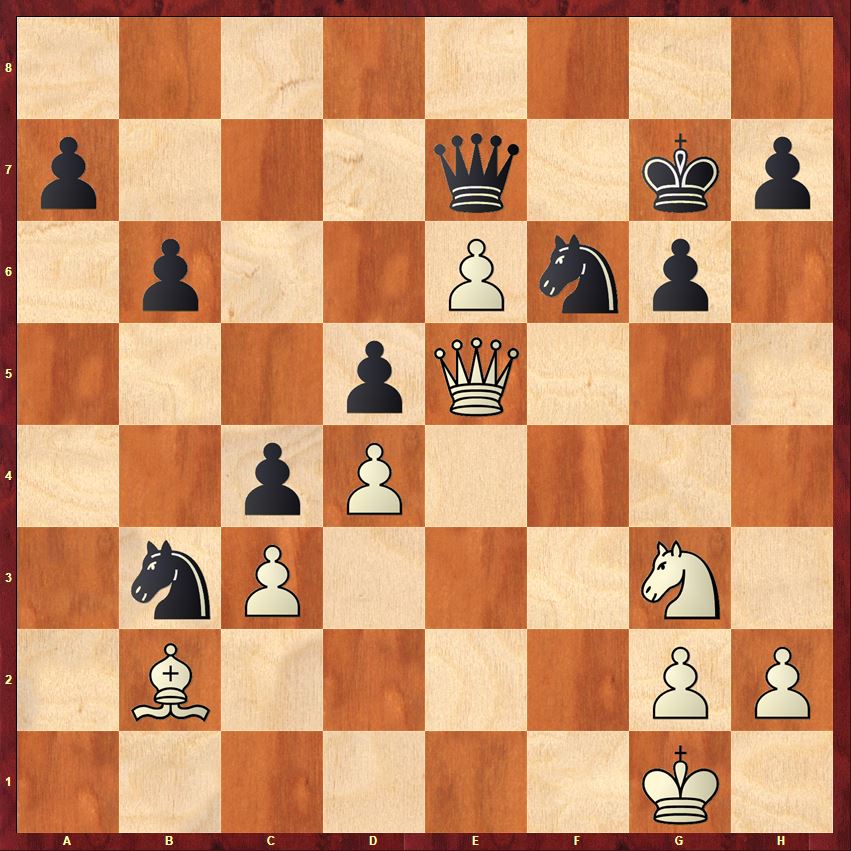
Position 4: Black to play (Moscow, 1985.)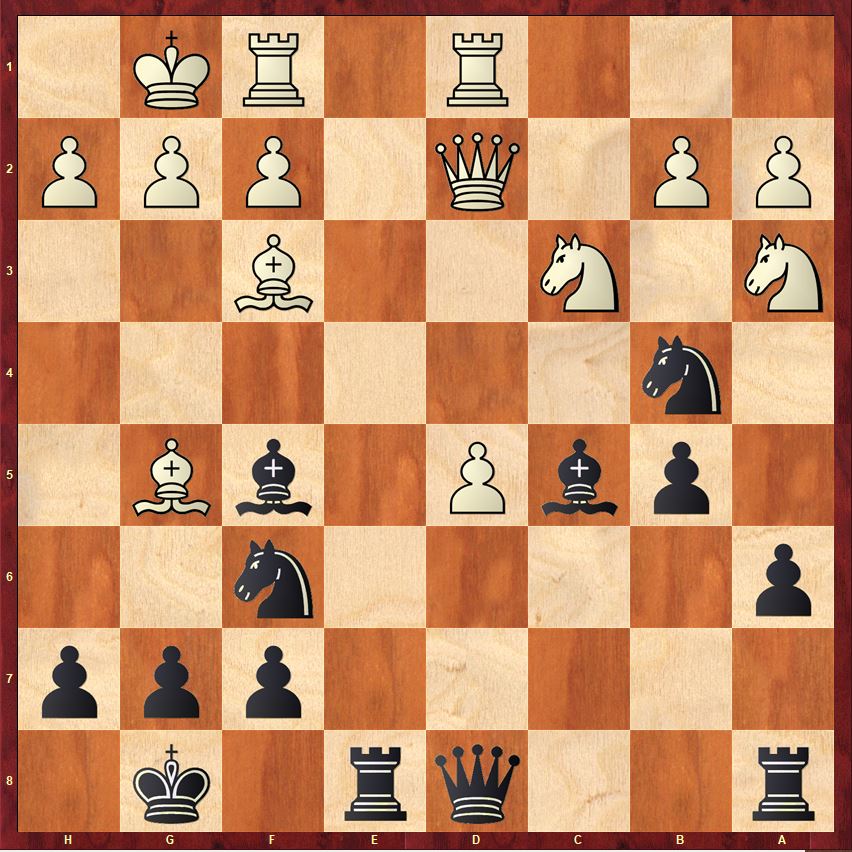
Position 5: White to play (New York, 2016).
Chess Trivia
Question 1:
Every (good) chess player has had the pleasure of delivering a checkmate at some point during his chess career.
What many chess players don’t know is that the word “checkmate” comes way back from the Persian phrase, whose literal translation is “the King is dead”. How would you announce checkmate in Persian, if you knew that, in some languages such as Croatian, checkmate is even today announced using almost identical pronunciation and that the Russian name for chess highly resembles that phrase?
Question 2:
Some even better chess players have had the pleasure of delivering several checkmates in a very short period of time when playing against multiple opponents.
Strong masters have been organizing large scale simultaneous exhibitions almost since chess appeared in its modern form. In this question, for half a point, we ask you:
a) Which Iranian grandmaster is the current World Record holder for the largest simultaneous exhibition of all time, as he played against 604 players on February 8-9 (25 hours) 2011, winning 580 games, drawing 16 and losing 8?
b) The only thing more impressive than playing a simul is playing a simul blindfolded. Which American chess grandmaster, who due to his feats got the nickname “Blindfold King”, is the current world record holder for most games played in a blindfold simul (48)?
Question 3:
While we are at records – from July 31st, 2018 until October 10th, 2020, Magnus Carlsen achieved an unbeaten streak of 125 games in classical chess. Even though certain Grandmasters with similar long(er) streaks tried to dispute it, Carlsen’s streak is regarded as the longest ever unbeaten streak at the elite level (as he faced much higher-rated opposition than all other contenders).
For half a point, we ask you:
A) Which player brought the streak to an end by beating Magnus on October 10th, 2020?
B) Whose record of 100 undefeated games at the elite level from August 2017 until November 2018, did Magnus break with this feat?
Question 4:
Still in the “records” domain. It is well-known that Emmanuel Lasker spent more years of his life as a World Champion than any other chess player in the history (27). For half a point:
A) Which World Champion is the second behind Lasker in the “most years spent as a World Champion” category?
B) Which World Champion was the World Champion for the shortest period of time?
Question 5:
The modern version of chess most likely developed from an ancient strategy game called chaturanga. However, it is certainly not the only version of the game theorized to have origins in this Indian board game. In Eastern Asia, there are several versions of the game similar to chess but not quite the same. For half a point, we ask you in which countries are the following versions of the game played:
A) Shogi?
B) Janggi?
C) Xiangqi?
Who Said It?
Quote 1: “The threat is stronger than the execution.”
Quote 2: “I was completely winning. If I don’t kill myself tonight, I’m gonna live a thousand years.”
Quote 3: “Nobody ever won a chess game by resigning.”
Quote 4: “Too weak too slow.”
Quote 5: “Pawn are the soul of chess.”
Quote 6:“That’s called a wooden shield…it’s the wooden shield, look – bing…no…bing…bang…pow…bing…boom…quad….that’s the wooden shield! It’s a wooden shield, see, cause it makes an X!”
Quote 7: “Every chess master was once a beginner.”
Quote 8: “Hello everyone!”
Quote 9: “I don’t believe in psychology. I believe in good moves.”
Quote 10: “Daniel Naroditsky is a f… prophet. He said immediately that … will likely go with the Scotch Open… and he did, so I had the counterplay and he immediately blundered. Well, that’s gotta be a world record… Thanks for the fat 10 gift subs, Pikachu. My … is throbbing. THROBBING! “
Guess The Player
In the final section of the quiz, we will provide you with 5 pictures of famous chess players and 5 edited excerpts from Wikipedia bios of famous chess players.
For half a point, you have to guess the player on the basis of the photo/bio.
1. Born to Armenian parents on June 17, 1929, in Tiflis, Georgian SSR (modern-day Georgia).
As a young boy, _______ was an excellent student and enjoyed studying, as did his brother Hmayak and sister Vartoosh. He learned to play chess at the age of 8, though his illiterate father _____ encouraged him to continue studying, as he thought chess was unlikely to bring his son any success as a career.
______ was orphaned during World War II and was forced to sweep streets to earn a living.
2. He was awarded the title of Grandmaster by FIDE in 1988. A leading player since 1988,__________ has been ranked at No. 2 on the FIDE world rankingsthree times (July 1991, July 1992, October 2007).
________ […] has also won the World Blitz Championship in 2007 and the World Rapid Championship in 2016.
In 2011, by the decree of the President of Ukraine, ______ was awarded the Order of Prince Yaroslav the Wise.
3. _______(1810 – 22 June 1874) was an English chess master who is generally regarded as the world’s strongest player from 1843 to 1851, largely as a result of his 1843 victory over Pierre Charles Fournier de Saint-Amant.
He promoted a chess set of clearly distinguishable pieces of standardised shape—the ________ pattern promulgated by Nathaniel Cooke — that is still the style required for competitions.
He was the principal organiser of the first international chess tournament in 1851, which made England the world’s leading chess centre and caused Adolf Anderssento be recognised as the world’s strongest player.
4. ________ (5 March 1862 – 17 February 1934) )a German chess grandmaster. _______ is considered to have been among the strongest chess players and most influential chess teachers of the late 19th and early 20th century.
________ was born in Breslau (Wrocław), in what was then Prussian Silesia and now is Poland. Having finished school in 1880, he left Breslau to study medicine in Halle. With his family, he settled in Nuremberg, Bavaria, and later in Munich, setting up a successful medical practice.
He had five children.
5. Born on July 15, 1928 […] He was raised in Hungary. ____ learned to play chess aged eight from his father, but did not compete in tournaments until age 17, due to World War II. During the war, he dug ditches for the Hungarian army before being captured by the Soviet army, which forced him to be a laborer.
He eventually escaped to his home, only to find that his brother and father had been sent to Russia as laborers, and his mother died as the war neared its conclusion.
He qualified for the 1952 Interzonal tournament, but was unable to compete as he was sent to a concentration camp in March 1952 for attempting to defect to the American embassy in West Berlin during a chess tournament in East Berlin. He remained imprisoned for 16 months, attaining release after Stalin’s death.
He emigrated to the United States in 1958.
9. and 10.
Answers
Chess In Popular Culture
Question 1: a) Beth Harmon; b) Anya Taylor-Joy
Question 2: a) Harry – Bishop, Hermione – Rook. b) IM Jeremy Silman.
Question 3: a) Vladimir Nabokov; b) The Defense / Luzhin’s Defense / The Luzhin Defense
Question 4: a) Joshua Waitzkin; b) Searching for Bobby Fischer
Question 5: a) The Seventh Seal; b) Ingmar Bergman
Guess The Classic
Position 1: a) 22. Qf6+; b) Adolf Anderssen, Lionel Kieseritzky
Position 2: a) 66…. Qdf1+; b) Alexander Alekhine, Jose Raul Capablanca
Position 3: a) 30. Ba3!!; b) Mikhail Botvinnik, Jose Raul Capablanca
Position 4: a) 16… Nd3!; b) Garry Kasparov, Anatoly Karpov
Position 5: a) 50. Qh6!!; b) Magnus Carlsen, Sergey Karjakin
Chess Trivia
Question 1: Shah Mat.
Question 2: a) Ehsan Ghaem-Maghami; b) Timur Gareyev
Question 3: a) Jan Krzystof-Duda; b) Ding Liren
Question 4: a) Alexander Alekhine (17 years — from 1927-1935 and 1937-1946); b) Vassily Smyslov (376 days – from 27th April 1957 until 8th May 1958). In comparison, Tal was world champion for 2 days longer (from 7th May 1960 until 20th May 1961).
Question 5: a) Japan; b) Korea; c) China
Who Said It?
Quote 1: Aaron Nimzowitsch
Quote 2: Ivan Sokolov
Quote 3: Savielly Tartakower
Quote 4: Magnus Carlsen
Quote 5: Francois Andre Philidor
Quote 6: Felix Lengyel a.k.a “xQc”
Quote 7: Irving Chernev
Quote 8: Antonio Radić a.k.a. Agadmator
Quote 9: Robert James Fischer
Quote 10: Charlie White Jr. a.k.a Cr1TiKal/bigmoist/moistcr1tikal/penguinz0
Guess The Player
1. Tigran Petrosian
2. Vasyl Ivanchuk
3. Howard Staunton
4. Siegbert Tarrasch
5. Pal Benko
6. Savielly Tartakower
7. Gata Kamsky
8. Mir Sultan Khan
9. Paul Keres
10. Viktor Korchnoi
Standings
| Place | Nickname/name | Points |
|---|---|---|
| 1. | Christof Sielecki a.k.a. Chessexplained | 22/26 |
| 2. | Maaike Keetman | 16.5/26 |
| 3. | Qg3!! | 13/26 |
| 4. | Bruno Pavčević | 12.5/26 |
| 5. | Vjeko Playboy Zeko | 6/26 |
| 6. | Diedrich | 5.5/26 |
| 7. | Green Dragon Ljubljana (played only 4th and 5th part of the quiz) | 4.5/26 |


